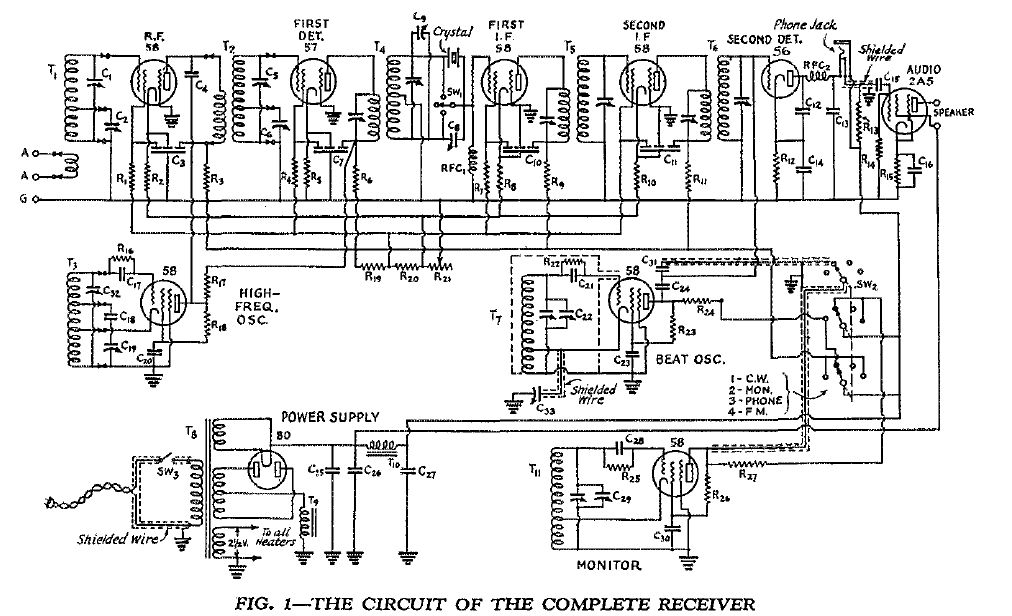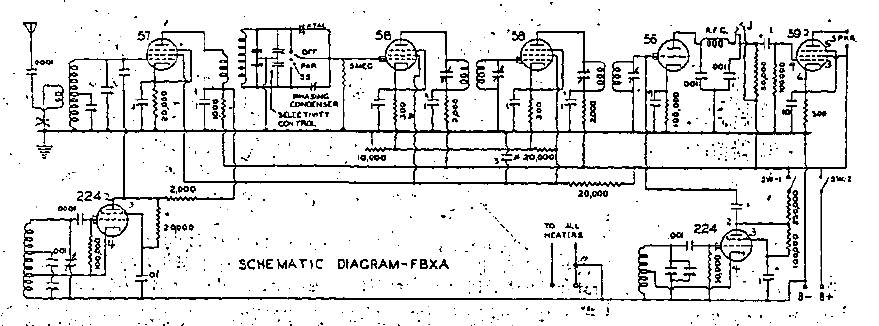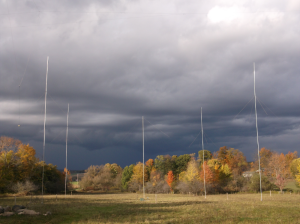After doing a fair amount of building transmitters over the past couple of years, I felt it was time to finally dive into a receiver project. I’ve built a few simple regens, but I wanted to try something more elaborate and that could at least have a fighting chance in crowded band settings like Field Day, et.al.
After comparing the performance of my National HRO-5TA1 and National SW-3 during our recent 1930s Field Day operation, it was clear a “single-signal” (S.S.) superhet would fit the requirements. Some form of increased selectivity in the IF chain would be needed. Back in the 30s, either a regenerative IF amplifier or crystal filter was used to accomplish the needed “single-signal” selectivity. I chose to use a crystal filter and base the receiver on an article in May 1934 QST, “A De Luxe Crystal Type S.S. Receiver” by LeRoy Moffett, Jr., W9IJ.
The receiver design described in that article is basically the quintessential circuit of the time, other than the monitor portion, and similar receivers appeared in the April 1933, May 1935, and even another article in the May 1934 QSTs. Commercially, the National FBX-7 superhet with the crystal filter unit is also similar to the above circuit when paired with the National PSK pre-selector. The main differences are the use of 224 tubes in the HFO and BFO vs. 58s and a 59 audio output vs. a 2A5.
I was excited to get started on the receiver, but, with the “junkbox” void of much of the required components, there was a significant parts acquisition in order. I had some random things around that would be useful, like tube shields from a fallen HRO that I acquired some time ago:
I also had a nice aluminum chassis I picked up in June from the Breezeshooters Hamfest in Butler, PA, that should work nicely (or so I thought……).
Future posts will showcase the construction process in detail, including the mechanical aspects. Stay tuned!




